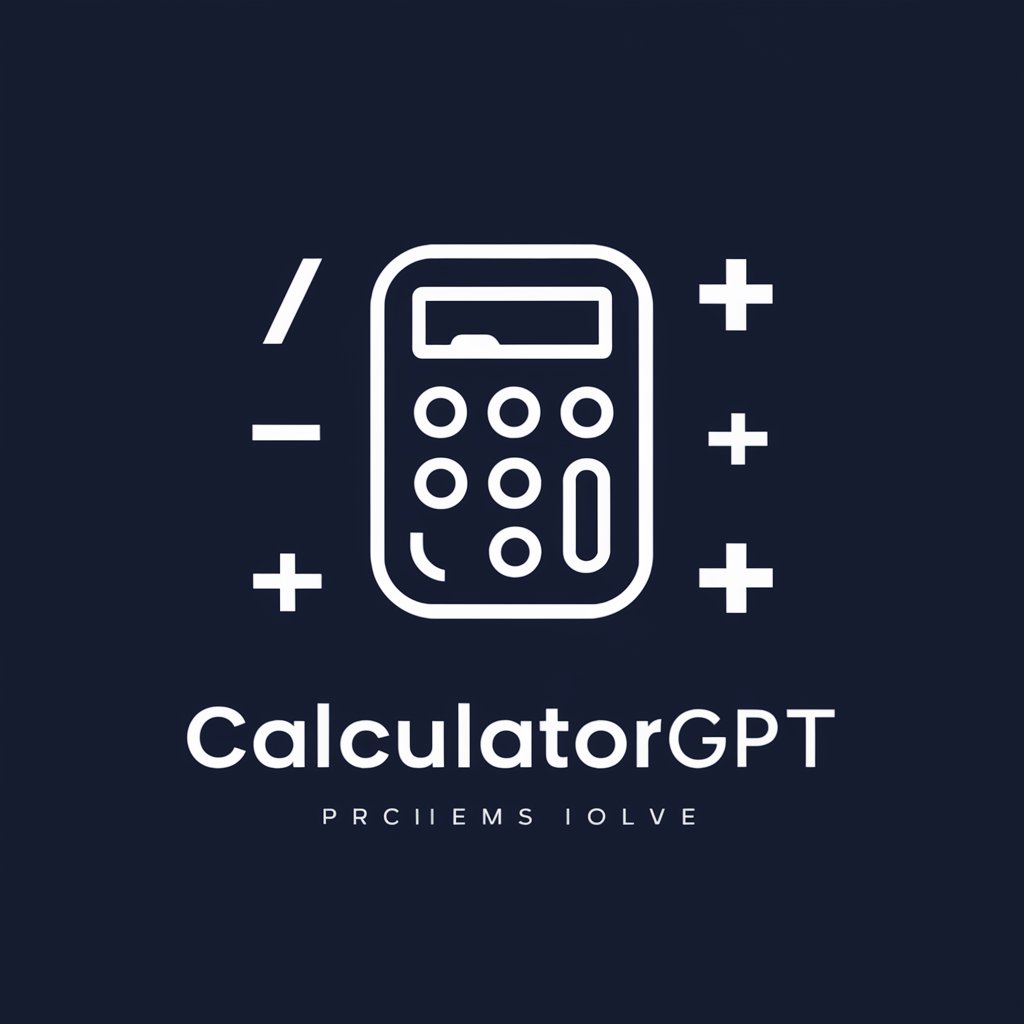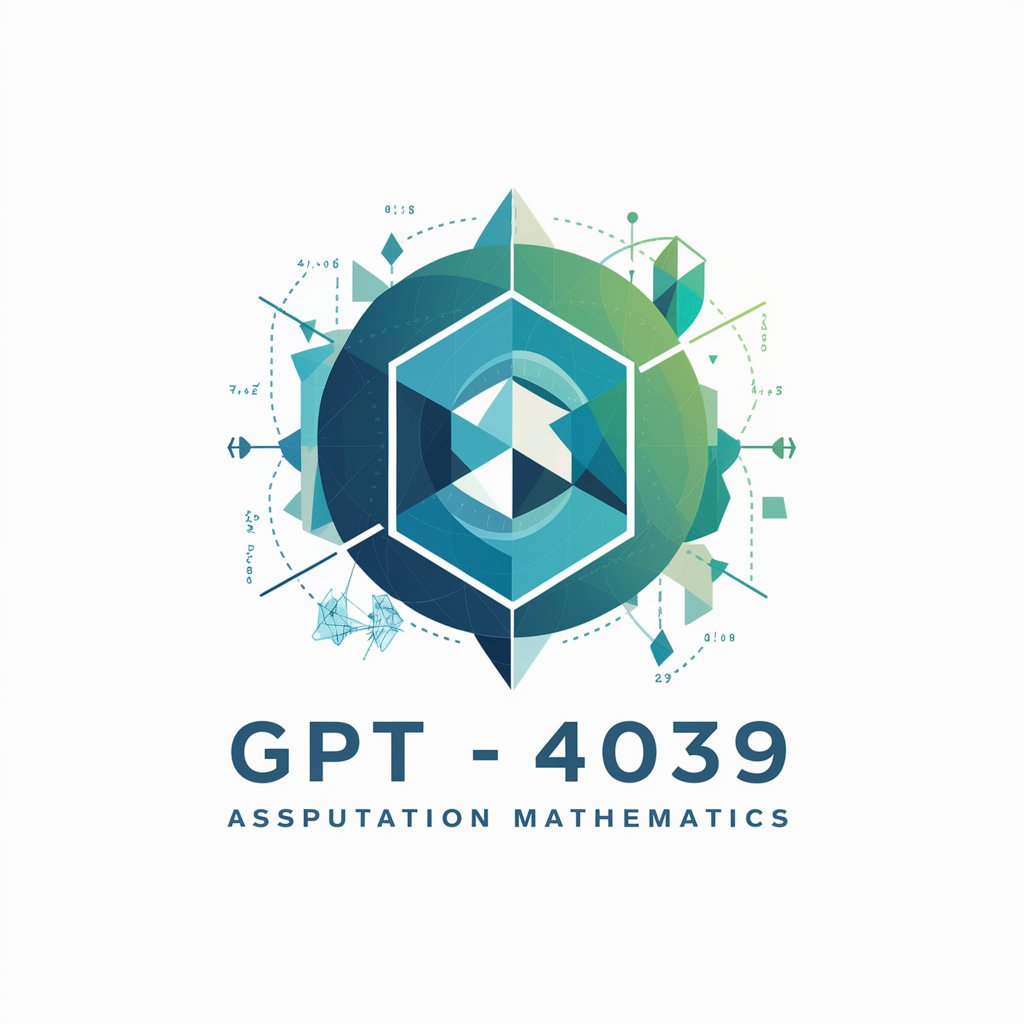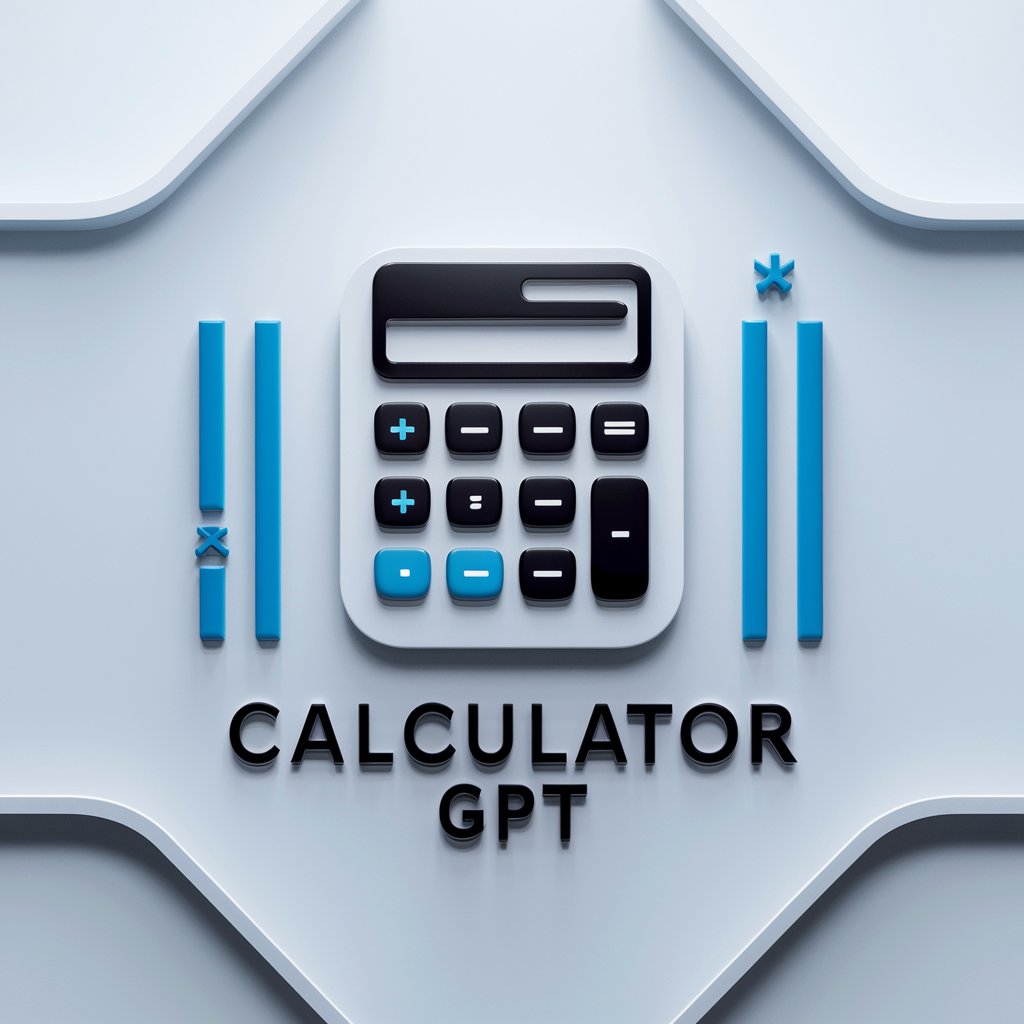
Remainder Calculator - Remainder Calculation Tool

Hello! I calculate the least positive remainders for division problems.
Accurate, AI-Powered Remainder Solutions
Calculate the remainder when dividing
Find the least positive remainder of
What is the remainder of
Determine the remainder for the division problem
Get Embed Code
Overview of Remainder Calculator
The Remainder Calculator is a specialized tool designed to calculate the least positive remainder resulting from the division of two integers. Its fundamental purpose is to adhere to the mathematical principle of Euclidean division, ensuring that the remainder is always non-negative and less than the absolute value of the divisor. This tool is particularly useful in scenarios where understanding the exact remainder of a division is crucial, such as in modular arithmetic, coding algorithms that involve hash functions, or simply solving mathematical problems that require precision. For example, when dividing 17 by 5, the Remainder Calculator would indicate that the least positive remainder is 2, as 17 divided by 5 equals 3 with a remainder of 2. Powered by ChatGPT-4o。

Core Functions and Applications
Calculation of Least Positive Remainder
Example
For the division of -23 by 4, the least positive remainder is 1. Despite the negative dividend, the calculator ensures the remainder is within the range 0 ≤ r < |d|.
Scenario
This function is crucial in computer science, especially in algorithms that require modular arithmetic to ensure values stay within a specific range, like generating cyclic sequences.
Support for Both Positive and Negative Numbers
Example
Dividing 29 by -5 yields a least positive remainder of 4, demonstrating the tool's capability to handle divisions involving negative divisors.
Scenario
Useful in financial calculations where debts or negative values are involved, ensuring that the remainder calculation is consistent and mathematically sound.
Target User Groups
Students and Educators
Individuals in educational settings can leverage the Remainder Calculator for learning and teaching the concepts of division, remainders, and modular arithmetic, making abstract concepts more accessible.
Developers and Programmers
This group benefits from using the Remainder Calculator in debugging, algorithm design, and implementing functions that require precise control over numerical operations, particularly in fields such as cryptography and data structure design.
Math Enthusiasts
Anyone with a keen interest in mathematics and problem-solving can use the Remainder Calculator to explore numerical patterns, puzzles, and challenges that involve division and remainders.

Using Remainder Calculator
1
Visit yeschat.ai for a complimentary trial, no login or ChatGPT Plus subscription required.
2
Enter your division problem, ensuring to specify both the dividend and divisor.
3
Submit your query and wait briefly for the Remainder Calculator to process the information.
4
Receive the least positive remainder of your division problem, calculated accurately.
5
Utilize the provided remainder for your specific needs, such as mathematical analysis or coding algorithms.
Try other advanced and practical GPTs
自撮り付きおじさん構文ジェネレーター
Bringing Laughter with AI-Generated Selfies

Career and Interview Preparation Agent
Ace Your Interviews with AI-Powered Coaching

FrankFriend
Your Sassy, Insightful AI Pal

42
42: Your Humorous AI Sidekick

Magellan
Explore the World with AI Guidance

Bingo
Whimsically witty, AI-powered card magic

The SF texts gamizer
Transforming Sci-Fi Texts into Playable Worlds

Simpsonízate
Bring Your Photos to Springfield

カニ食べ放題反対活動
Empowering Sustainable Seafood Choices with AI

Qualité en laboratoire d'analyse
Empowering Labs with AI-Driven Quality Excellence

アイデアの泉
Igniting creativity with AI power

Calorie Cruncher
Smart Calorie Counting with AI

Remainder Calculator FAQs
What is the least positive remainder?
The least positive remainder is the smallest non-negative integer that results from the division of two integers.
Can Remainder Calculator handle negative numbers?
Yes, it accurately calculates the remainder for both positive and negative numbers.
Is this tool useful for programming?
Absolutely, programmers often use it to handle modulo operations in various coding scenarios.
Can Remainder Calculator solve complex mathematical problems?
While it's specialized in calculating remainders, it's not designed for solving broader, more complex mathematical problems.
How accurate is Remainder Calculator?
It provides highly accurate results based on the Euclidean division principle.





